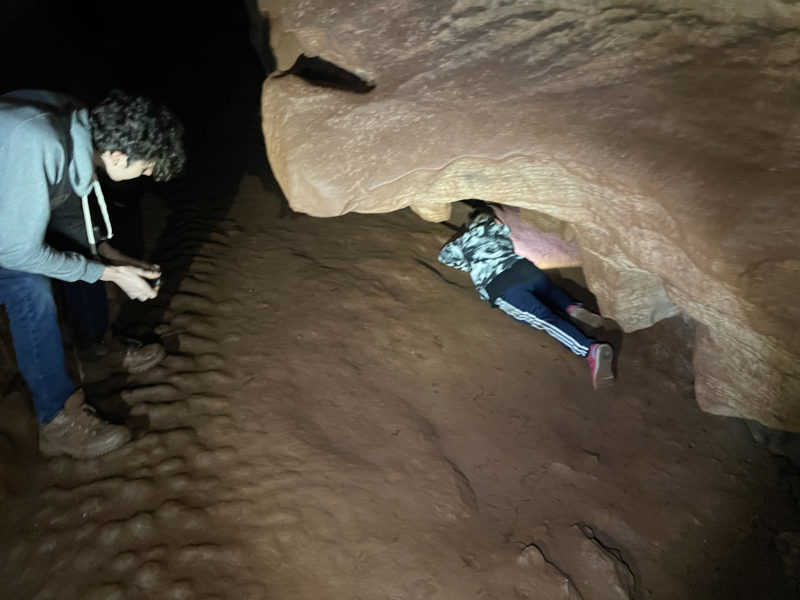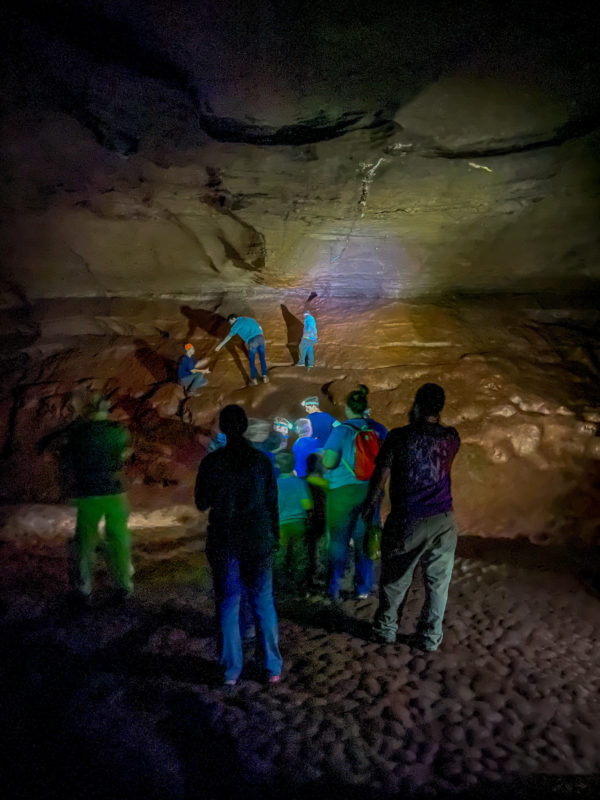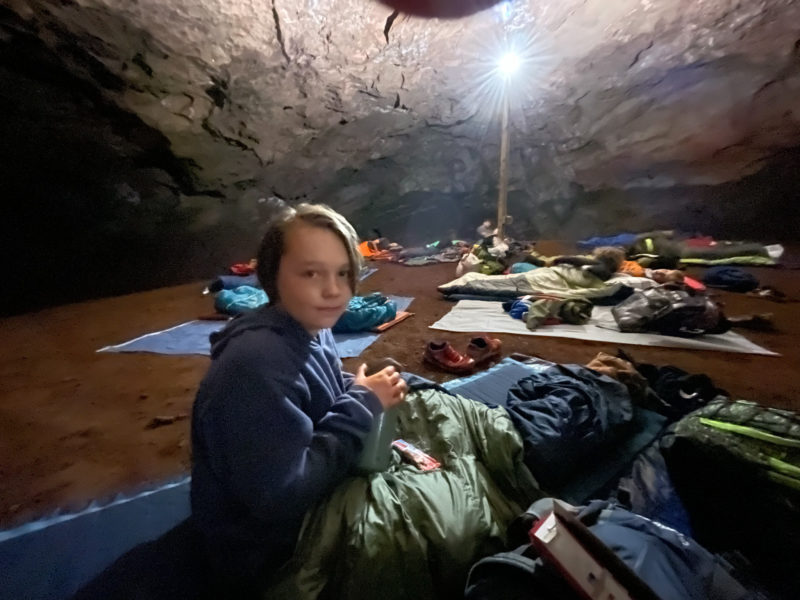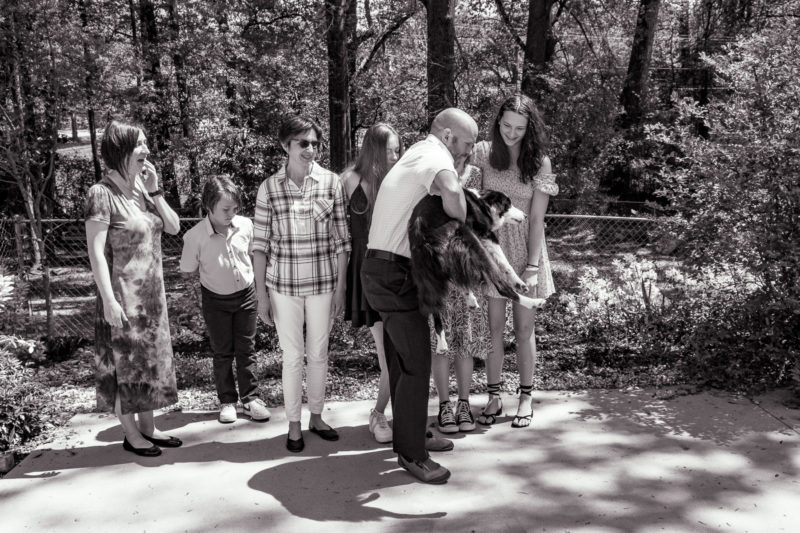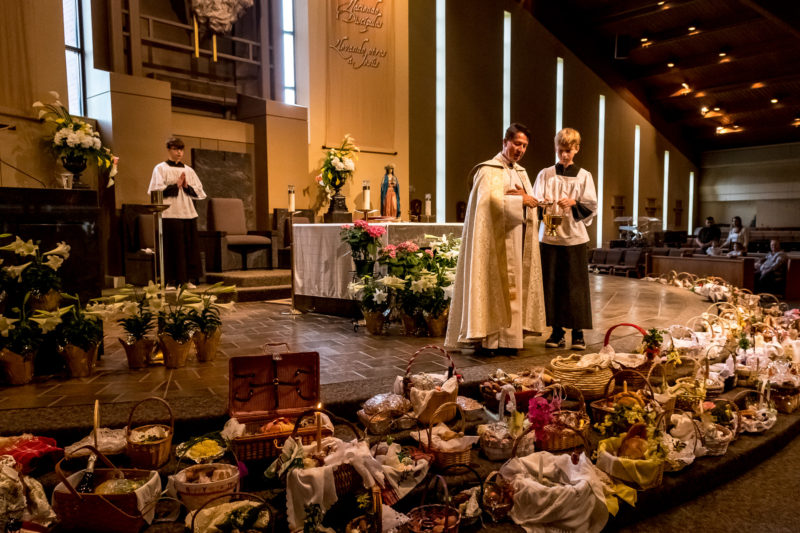The Boy’s soccer team is finishing up this weekend with a tournament. They lost their first game today 0-4, and they tied their second game at one apiece. I didn’t take the camera to the first game; I wasn’t at the second game, so no pictures.
Instead, a picture from twenty years ago.


 It includes the Jäger Report in full. What is this report?
It includes the Jäger Report in full. What is this report? It’s page after page of tabulated columns indicating the date, the location, and the number of victims as Einsatzkommando 3 moved through Lithuania, killing Jews. Two back to back entries stand out:
It’s page after page of tabulated columns indicating the date, the location, and the number of victims as Einsatzkommando 3 moved through Lithuania, killing Jews. Two back to back entries stand out:







